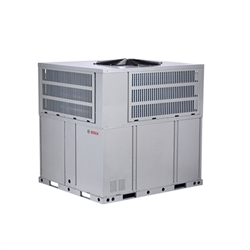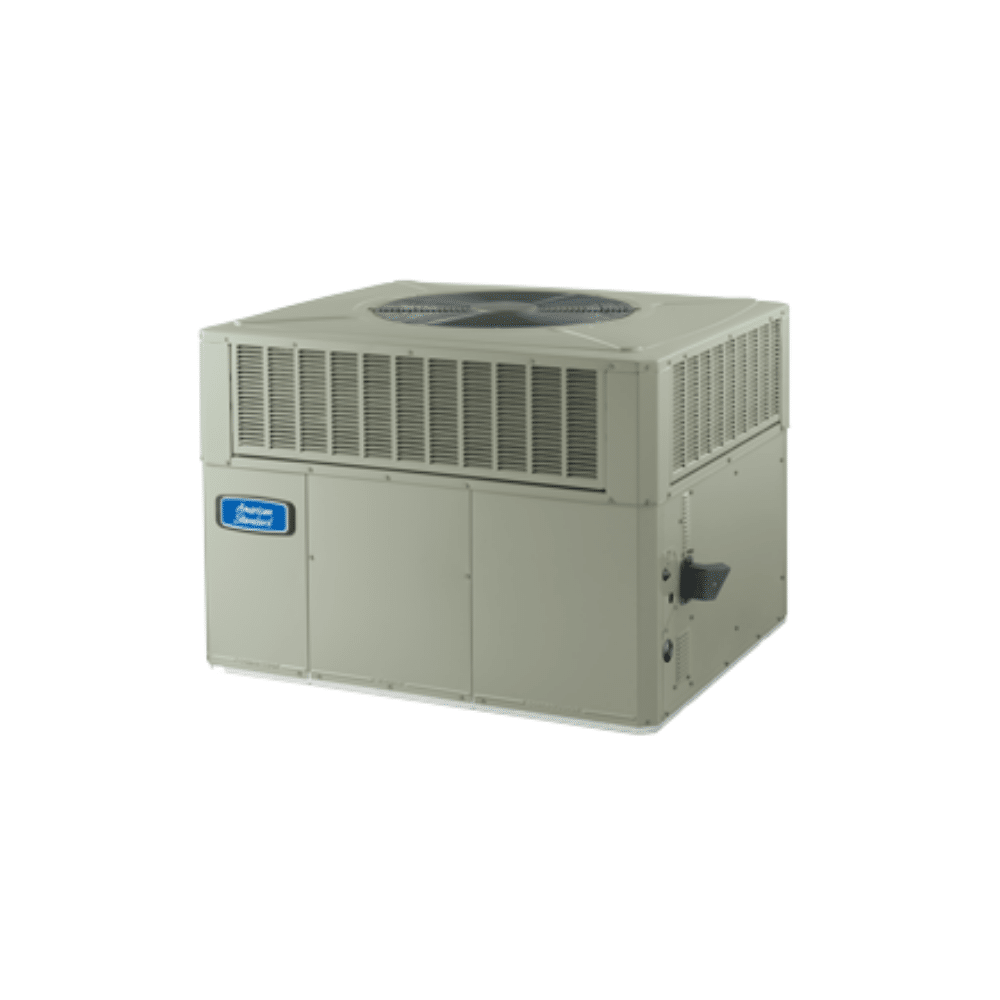I am currently heating my 2400 sq ft house with wood (Buck 91)/oil/heat pump (Trane). To offset the cost of oil and use less wood this year I have dropped the crossover outdoor temp of my heat pump to 20 degrees. Its keeping up for most part down to these temps but have hear Bosch Inverter Duct Split (IDS) can run down to 5 degrees effectively. Has anyone ran this model down to these temps or lower than 20 degrees?
Debating on replacing my heat pump for Bosch that claims to function in lower temps in hopes to offset the cost of oil....but don't want to waste my $$$$!
Thank you!
Debating on replacing my heat pump for Bosch that claims to function in lower temps in hopes to offset the cost of oil....but don't want to waste my $$$$!
Thank you!




